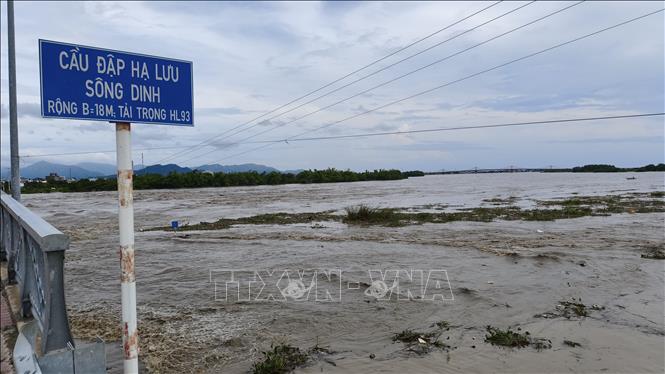
Experts say this requirement is urgent in the context of extreme rain and floods that have exceeded many design scenarios and the current operating system still has limitations that need to be urgently overcome.
Prof. Dr. Nguyen Quoc Dung - Permanent Vice President of the Vietnam Association of Large Dams and Water Resources Development, assessed that the recent rains showed unusual characteristics, "exceeding the level that only happens once every several decades". The rains were not only very heavy but also lasted for many consecutive days. In hydrology, long-term floods are the most dangerous type when reservoirs are full, low-lying areas are saturated, forests are no longer able to absorb, and as much rainwater flows downstream as it can, significantly reducing the drainage capacity of the basin.
More worryingly, many areas have recorded the phenomenon of "double floods", meaning that one flood has not yet receded but the next one has already arrived, but most of the current reservoir operations are still based on the single flood model, so they cannot keep up with actual developments.
Faced with the situation of many reservoirs simultaneously releasing water when the flood rises, Prof. Dr. Nguyen Quoc Dung said that the biggest difficulty now lies in the fact that "no one advises the Provincial Chairman to release the flood early", despite heavy rain forecasts. When the weather is still normal, requesting to open the floodgates 2-3 days in advance is a very difficult decision, especially in the context of many local departments lacking hydrological and hydraulic experts, not having enough capacity to analyze flow scenarios to advise. Meanwhile, in Japan or China, each region has a hydrological office on duty 24/7 during the flood season.
Mr. Nguyen Quoc Dung said that if Vietnam has not yet built this model in a formal manner, it can consider the solution of socializing consulting services to support more timely and scientific decisions on reservoir operations.
One of the major bottlenecks in the current coordination of inter-reservoir operations is the difference in goals between hydropower and irrigation. Hydropower is linked to energy security, so lowering the water level of a reservoir to receive floods always comes with the risk of water shortages for power generation if the rains do not come. This happened to Hoa Binh reservoir in 2017.
Many experts have proposed the solution of “buying flood prevention capacity”, which means using the natural disaster prevention fund to compensate for the electricity output or costs that the reservoir owner loses when having to release water early according to flood prevention requirements. This is considered a solution that harmonizes interests, encouraging reservoir owners to actively participate in flood prevention tasks in a voluntary and transparent manner, Mr. Nguyen Quoc Dung shared.
In fact, the operation of inter-reservoirs in our country shows that the process is divided into three periods: early season, mid-season and late season. Early season requires lowering the water level to receive floods, mid-season requires discharge flow not to exceed incoming flow and late season requires storing enough water to serve the dry season. However, this year's floods came in a series of unusual and frequent events at the end of the season, when many reservoirs had already stored a high amount of water, leading to low remaining flood prevention capacity.
According to experts, in this context, irrigation reservoirs and hydroelectric reservoirs need to coordinate more closely and the Civil Defense Command at all levels must promote their coordinating role. When the total reservoir capacity of the whole country is about 70 billion m³; of which about 55 billion m³ belong to hydroelectric reservoirs, flood control cannot rely solely on the irrigation reservoir system.
Mr. Nguyen Tung Phong, Director of the Department of Management and Construction of Irrigation Works ( Ministry of Agriculture and Environment ) said that before each forecast of heavy rain, the Department of Management and Construction of Irrigation Works has required localities to drain water on the irrigation system, at the same time, reservoirs have regulating valves, flexibly adjusting the water level of the reservoir to proactively receive floods, ensuring absolute safety of the works and not releasing unusual floods that cause unsafety to the downstream area. In the recent floods, many large irrigation reservoirs such as Cam Son, Nui Coc, Ta Trach... have operated according to the process and played a good role in reducing floods, some reservoirs have reduced the discharge flow by tens of percent compared to the inflow.
Operational practice at Cua Dat reservoir ( Thanh Hoa ) shows that when there is a reliable forecast and strict compliance with the plan, proactive flood discharge brings clear results. Mr. Le Ba Huan, Head of Construction Management Department, in charge of Cua Dat Branch (Irrigation Investment and Construction Board 3) said that the reservoir has proactively lowered the water level and cut off large floods in many storms. For example, during storm No. 3, the reservoir cut off 530 million m³, reducing the flood peak by 3,546 m³/s. During storm No. 5, thanks to pre-discharge, it created an additional 192 million m³ of flood prevention capacity. When the storm arrived, the reservoir continued to cut off 219 million m³, reducing more than 3,000 m³/s. Before storm No. 10, the reservoir lowered its water level by nearly 4.3 m, creating 116 million m³ and when the flood arrived, it cut off an additional 145 million m³, reducing the flood peak by nearly 4,000 m³/s.
Mr. Huan also said that Cua Dat lake still has a large potential for flood prevention, especially the capacity from elevation +110 m and above, about 257.2 million m³ and proposed that Thanh Hoa province allow flexible use of this capacity in the context of increasingly extreme rain and floods.
But these are only large reservoirs, equipped with investment in research systems, advanced scientific applications and a complete database system. The overall efficiency of reservoirs “has not yet met expectations”, especially for irrigation reservoirs with only free spillways, without regulating gates. Large reservoirs with good consulting teams are often confident in lowering the water level to welcome floods, while many small reservoirs only dare to maintain the normal water level to avoid water shortages in the dry season.
According to experts, when approving hydroelectric reservoirs, the first goal is to generate electricity. In the current context, it is necessary to amend regulations to harmonize the interests of all parties. Water resource management must be from upstream to downstream, regardless of the management sector. Management must be based on river basins, not administrative boundaries, from which there will be a comprehensive water regulation solution. Reservoirs must ensure multiple goals, but the number one goal is to effectively reduce floods for downstream areas, the second is to ensure the safety of the project, and then to provide water for economic development.
According to Associate Professor Dr. Hoang Thai Dai, Vietnam Water Resources Association, the principle of integrated management by river basin has been proposed for many years, but the role of the Basin Management Boards is still unclear. Integrated management of water resources needs to be unified from the central to local levels and inter-sectoral coordination.
The request in the Prime Minister's Official Dispatch 225/CD-TTg on focusing on responding to and overcoming the consequences of exceptionally heavy rain and floods in the Central region is that the close coordination between the Ministry of Agriculture and Environment and the Ministry of Industry and Trade to prioritize flood discharge reduction, protect downstream areas and people is completely appropriate. When there are extreme rain and floods, many design scenarios, improving forecasting capacity, operation, professional consulting and unified management by river basin is the solution to minimize damage and ensure safety for people.
Source: https://baotintuc.vn/kinh-te/uu-tien-giam-xa-lu-phat-huy-hieu-qua-trong-van-hanh-lien-ho-chua-20251122120705945.htm
















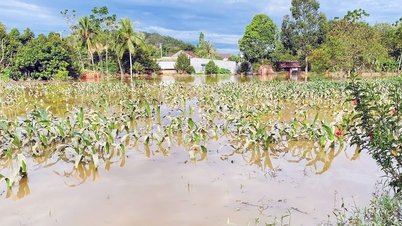


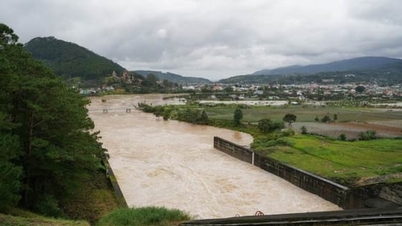



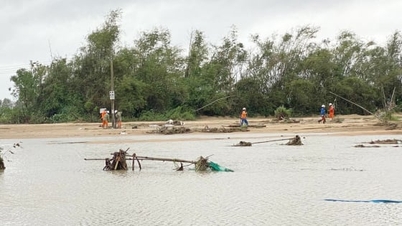

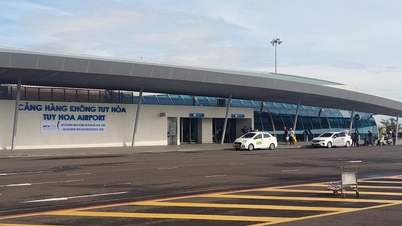








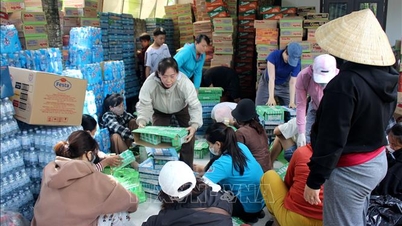

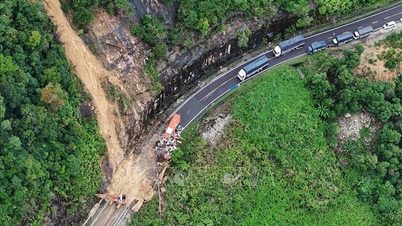
























































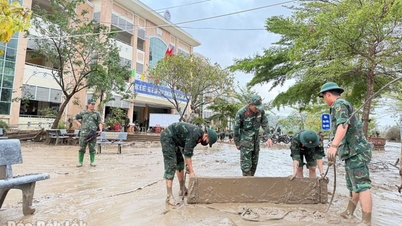
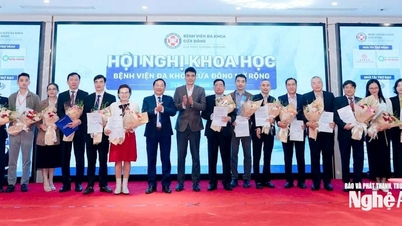










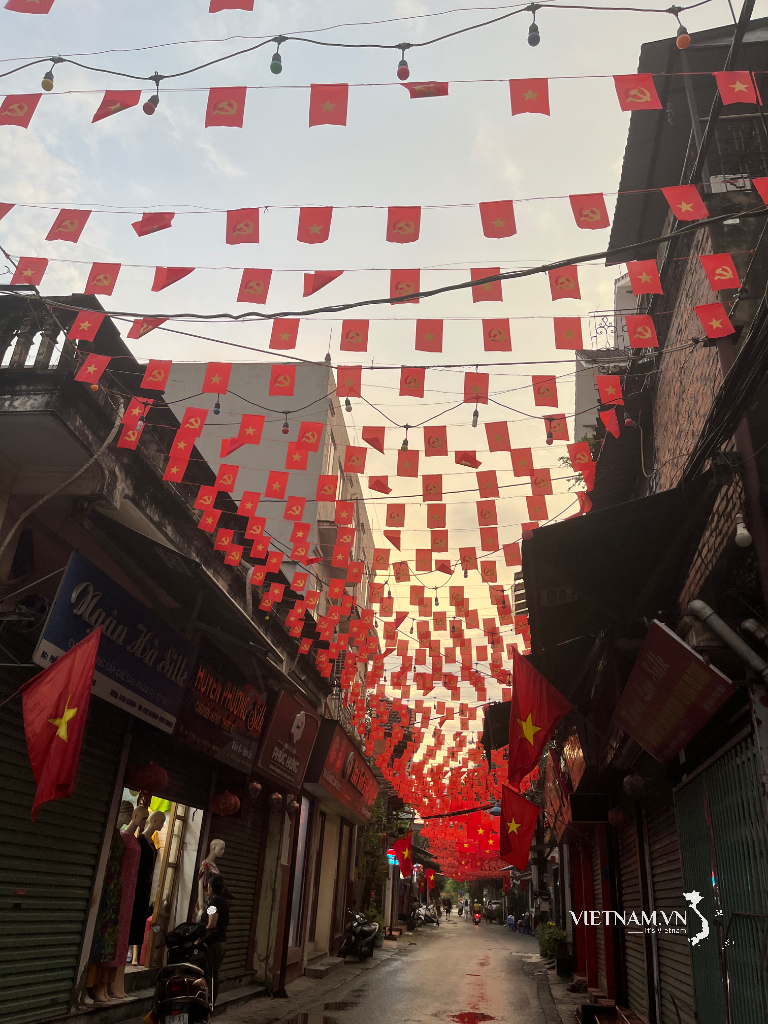


Comment (0)